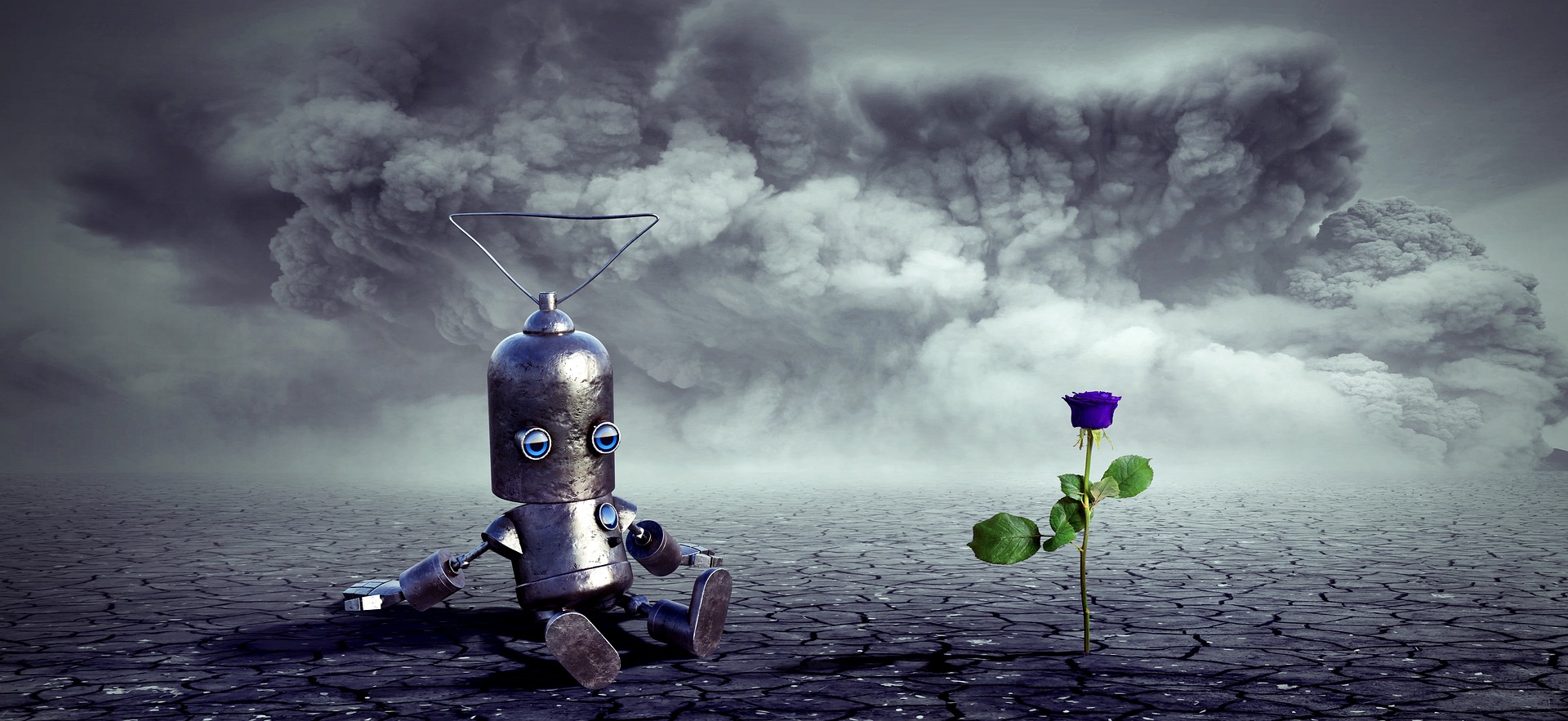In general, bots have a bad name on the internets. Bots can lie, cheat, steal—even from artists—not to mention undermine democracy. Or rather they get programmed to do all those things by bad actors until they can pass the Turing test and decide on their own whether to be complete dicks. Of course, most recently Elon Musk has blamed an excess of bot accounts to renege on his deal to buy Twitter. Yet are bots all that bad?
For the arts community, bots can play a more positive role on social media. Thanks to creations like our friend the BoschBot, art history has found an entirely new community across the internet. Nig Thomas, creator of the BoschBot, also created the equally brilliant BruegelBot and a Sylvia Plath bot. These bots have even evolved beyond art appreciation to the resurrection of dead artists. Did you know Gustav Klimt has more followers than you?
Beyond allowing for more in-depth examination of the old masters, bots can spotlight overlooked areas of art history. The QueerArtBot, for example, presents brilliant masterpieces from artists you didn’t know were LGBTQ… or perhaps didn’t know because they were excluded from the canon for their sexual and gender orientations. The Ukiyo-eBot focuses on classic Japanese prints, expanding Western understanding of this genre beyond the brilliance of Hokusai. There are also bots trying to recontextualize what we consider art. Bots such as Soft Landscapes actually generate their own images, in this case soothingly psychedelic vistas. Of course, this raises the question of whether the bots of master artists will one day be supplanted by art bots themselves.
Image Credits
Image by Stefan Keller from Pixabay

SAY HELLO!